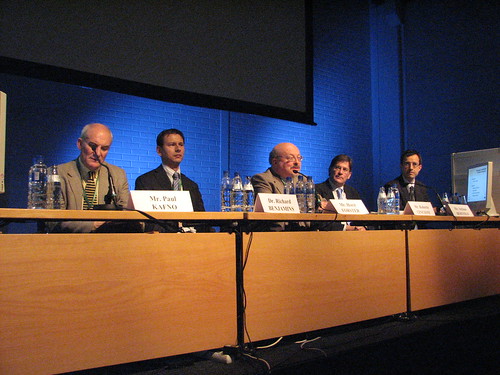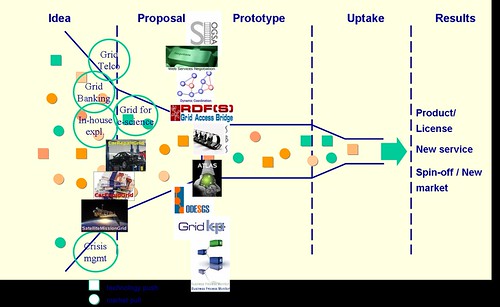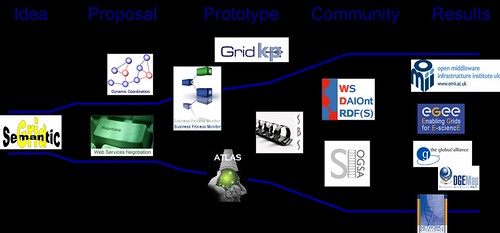- A large Digital Library
- Decision support for (Spanish) Judges on duty
- Knowledge management for an IT consultancy company
The technology developed can be divided in different groups
- Text mining, ontology learning, clustering components to structure "hidden" information
- Natural language processing components to extract semantic information from unstructured content
- Ontology engineering software (editing, mapping and versioning)
- Components for automatic annotation
- An integration platform compliant with industry standards
Specific effort has been dedicated to scalability and methodological aspects of semantic solutions.
The SEKT project has produced an impressive list of software components that -if configured rightly- can solve many existing knowledge management problems. The good thing is that most software is freely available under the LGPL license.
So, any company (and of course university) with technological IT skills, can simply go to www.sekt-project.com and download the components of interest, and plug and play prototypes.
In addition, the project has produced a training website, with movie material to get quickly up to speed with Semantic Technologies. This includes movies taken from SEKT people giving tutorials and screen cams from the software and applications. There is also a website especially aimed at decision makers and IT managers.
The review went very well. The EC, the reviewers and the project partners were very satisfied. To be continued ...?


